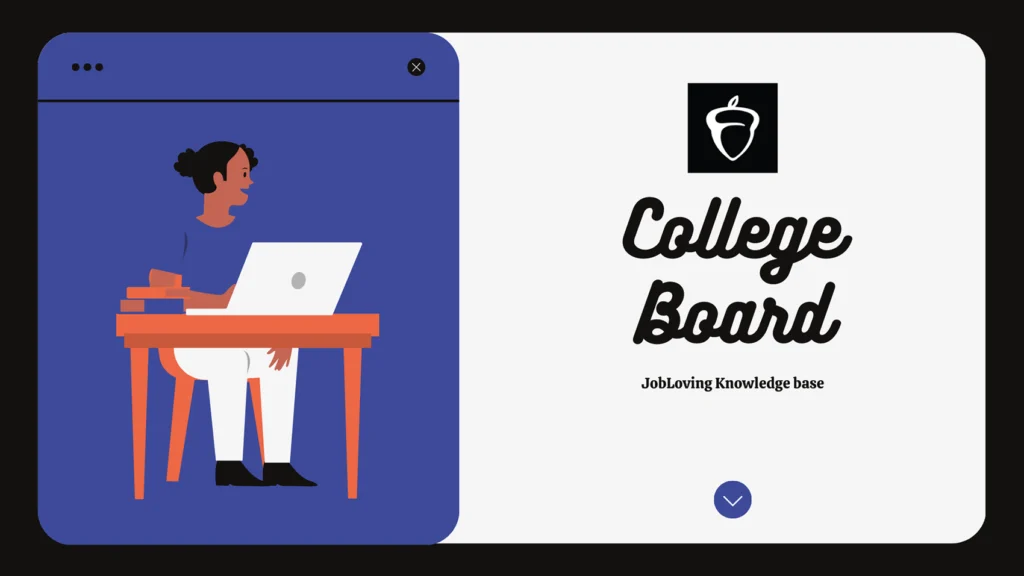Navigating the Labyrinth: Adding Students with Disabilities to the College Board
So, you’re ready to take on the monumental task of helping students with disabilities navigate the College Board labyrinth. You’re armed with good intentions, a cup of coffee (or maybe a bottle of wine, depending on the time of day), and a whole lot of questions. Don’t worry, you’re not alone. This journey is like trying to decipher a hieroglyphic scroll while juggling flaming torches – it’s confusing, it’s stressful, and it definitely involves a lot of paperwork.
But first, let’s address the elephant in the room (and no, it’s not a test prep elephant): Why is this process so convoluted?
The College Board, in its infinite wisdom, has created a system that’s about as user-friendly as a rhinoceros in a china shop. Students with disabilities, who already face enough challenges, are forced to jump through hoops, gather paperwork, and pray their requests don’t get lost in the bureaucratic black hole.
Let’s break down the process step-by-step:
- First, you need to register as an SSD Coordinator. This process involves filling out a form and sending it to the College Board’s Services for Students with Disabilities (SSD). Think of it like a secret handshake, proving you’re worthy of entering the inner circle.
- Once you’re a bonafide Coordinator, you can start adding students. Here’s where the fun begins. You need to create an online request, and let’s be honest, the online system is about as intuitive as a three-legged kangaroo trying to dance the tango.
- Select “College Board Accommodation,” click “Continue,” and then type the name of the student. If the student is already in the system, you’ll see their name pop up. If not, you’ll need to select “Student not listed” or “Add a new student.”
- Now, the big reveal: the accommodation request. This is where you need to provide documentation, such as an Individualized Education Program (IEP) or a 504 plan. This is the part where you’ll need to be a detective, gathering all the necessary paperwork and ensuring it’s properly formatted.
- Once you’ve submitted the request, you have to wait. This is the part where you’ll start to feel like you’re in a waiting room with no end. The College Board will review the request and get back to you.
What if the request is denied? Don’t panic. The College Board will provide an explanation, and you can reopen the request and add more documentation.
But hold on, there’s more!
Even if the student has an IEP or a 504 plan, that doesn’t automatically guarantee accommodations for the PSAT, SAT, or AP Exams. They still need to request accommodations from the College Board.
Why, you ask?
Well, the College Board is committed to providing services for students with disabilities, but they’re also committed to keeping things complicated. They want to make sure the accommodations are appropriate and that the student is actually eligible. (It’s like they think every student with a disability is trying to pull a fast one on them.)
So, what can you do to make this process less painful?
Here are some tips from the trenches (or should we say, the bureaucratic battleground):
- Be prepared. Gather all the necessary documentation beforehand, and make sure it’s organized and legible.
- Communicate clearly. Be specific about the student’s needs and the accommodations they require.
- Be persistent. Don’t be afraid to follow up with the College Board if you’re not getting a response.
- Get help. If you need assistance, contact the College Board’s Services for Students with Disabilities. They can help you navigate the system and answer your questions.
And now, a word from our sponsor:
You’ve got to hand it to the College Board. They’ve managed to create a system that’s so complex, it’s almost impossible to understand. But hey, at least they’re committed to providing services for students with disabilities, right?
In reality, this process is stressful and frustrating, and it’s one more hurdle for students with disabilities to overcome. But with a little patience, a lot of persistence, and a healthy dose of humor, you can help students navigate the system and get the accommodations they need.
Remember, you’re not alone! If you need further help, answer, or research resources about how to add students with disabilities on the College Board, you can connect with the JobLoving community for support and guidance.

